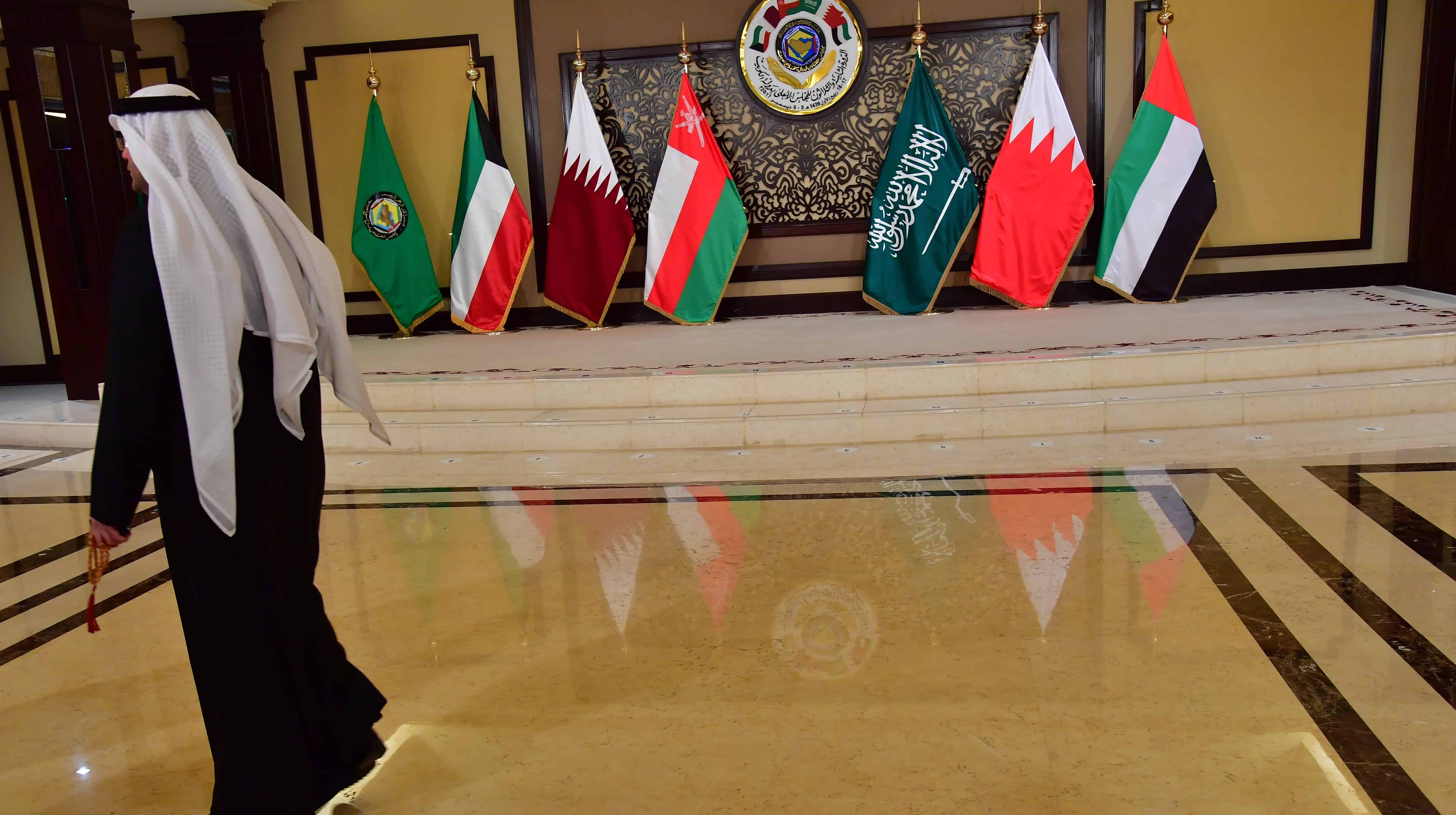Since the beginning of partial recovery from the Covid-19 pandemic and the subsequent rise in oil prices, the GCC countries have been working hard to rebuild and strengthen their economies after suffering significant losses over the previous two years.
The countries appear to be reaping the benefits of their efforts this year, with all indications pointing to the economies making significant progress toward emerging from the devastation wreaked by the pandemic and the collapse in oil prices.
In its most recent study, the World Bank predicted that growth in the Middle East and North Africa would increase to 4.4 percent in 2022, up from 3.4 percent in June 2021, with the region’s GDP rising 3.4 percent in 2023.
Except for Lebanon, the World Bank estimates that consumer price inflation in the region is below its long-term average, owing to weak demand, persistent negative production gaps, and, in many cases, fixed-exchange-rate regimes.
The International Monetary Fund (IMF) published a prediction on December 15 that the Gulf countries would have uneven economic development in 2022.
The fund stated that advancing structural financial and economic reforms would improve the region’s economic stability and boost potential growth rates. As a result, real oil GDP in the region is predicted to increase to 5.3 percent in 2022.
Saudi Arabia
The region’ major economy will be on the verge of a significant revival.
All local and international economic indices pointed to that Saudi Arabia experiencing rapid development, fueled by high oil prices and increased non-oil economic activity.
In a report released on December 27, the Saudi Ministry of Finance predicted that real GDP would grow by 7.4 percent in 2022, owing to an increase in oil GDP and expected improvements in non-oil GDP, assuming a sustained slow recovery from the effects of the coronavirus pandemic.
According to a forecast by the IMF, Saudi Arabia’s non-oil GDP is expected to grow by 4.9 percent this year.
According to the World Bank, the Saudi economy is predicted to rise by 3.3 percent this year.
The bank, however, reduced its prediction for the kingdom’s economic growth in 2023 from 3.3percent to 2.3 percent in its study.
On the other hand, Jadwa Investment Company predicted that the Saudi economy would develop rapidly in 2022.
It indicated that the kingdom’s economy would rise by 7 percent on an annual basis in 2022, revealing that the country would have a current account surplus of $56 billion.
Furthermore, Saudi Arabian firm Al-Rajhi Capital predicted that the kingdom’s budget would be surplus between $6.66 billion and $12 billion in 2022, ruling out any changes to the value-added tax.
The UAE
According to a survey published in October by the International Institute of Finance, the UAE’s economy might rise by 4.9 percent in 2022.
The institute’s analysis predicted that the UAE’s financial position in its foreign dealings would stay very strong.
The IMF forecasts that the UAE’s real GDP would expand by 2.7 percent by 2022.
In research released in November 2021, global credit rating agency Fitch predicted that the UAE economy’s recovery momentum and strong growth would continue at a rate of 5.4 percent in 2022 and roughly 2.9 percent in 2023.
The agency predicted that the economy would have a budget surplus of 1.2 percent of the GDP in 2022 and 0.5 percent in 2023.
Qatar
The economic journal Global Finance published a report on December 10 affirming the Qatari economy’s current improvement, and forecasting more development in 2022.
“The huge government efforts to combat the pandemic, the growth in oil prices, and Doha’ hosting of international events, especially the 2022 World Cup, have all contributed to the economy’s strengthening, and it is predicted to grow by 3.6 percent in 2022,” the magazine said.
It also predicted that the World Cup would generate at least $20 billion in income, which would be a qualitative leap for Qatar in all areas, particularly the economy, attracting more foreign investment.
According to the IMF, Qatar is expected to grow at a rate of 4 percent in 2022, with the country’s account surplus increasing to 11.6 percent of the GDP this year, while inflation is expected to reach 3.2 percent.
Kuwait
According to the Institute of International Finance, Kuwait’s GDP is expected to grow by 4 percent in 2022, thanks to the recovery of oil output, the rise in oil prices, and the country’s economic reforms.
According to the institute, oil GDP will expand by 4.6 percent in 2022, while non-oil GDP will grow by 3.5 percent, compared to 1.9 percent in 2021.
Kuwait’s average oil output will reach 2.49 million barrels per day (bpd) in 2022, up from 2.39 million bpd in 2021, according to the institute.
Fitch predicted Kuwait’s GDP to grow at 5 percent in 2022.
According to the agency, the country’s current account surplus is forecast to rise from 12 percent of GDP in 2021 to 13.4 percent in 2022.
As for the IMF, it expected growth of 3.5 percent in Kuwait’s non-oil GDP during 2022, compared to a growth of 3 percent during 2021, with an increase in oil GDP by more than 4 percent during 2022, compared to a contraction of 1 percent in 2021.








